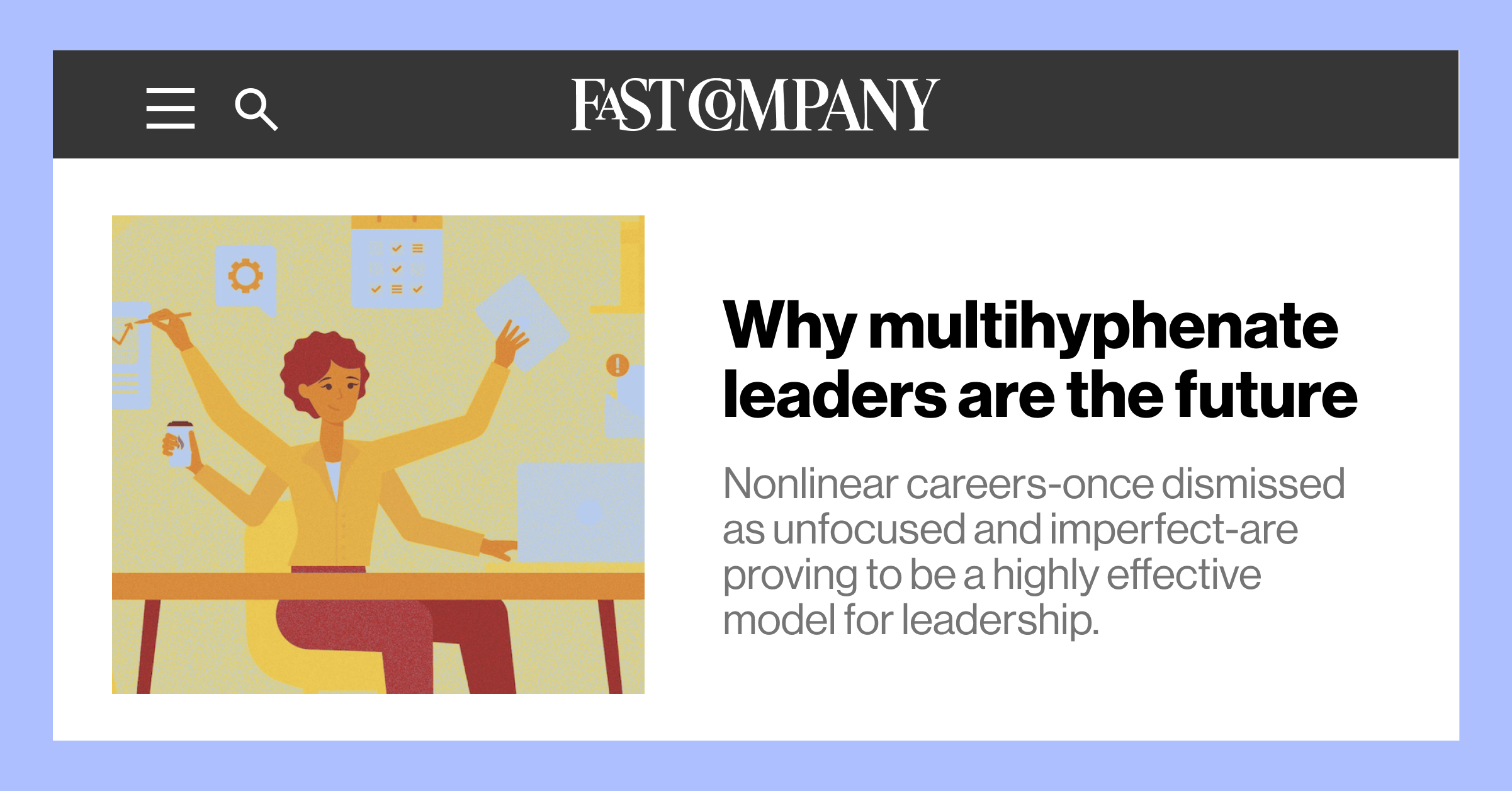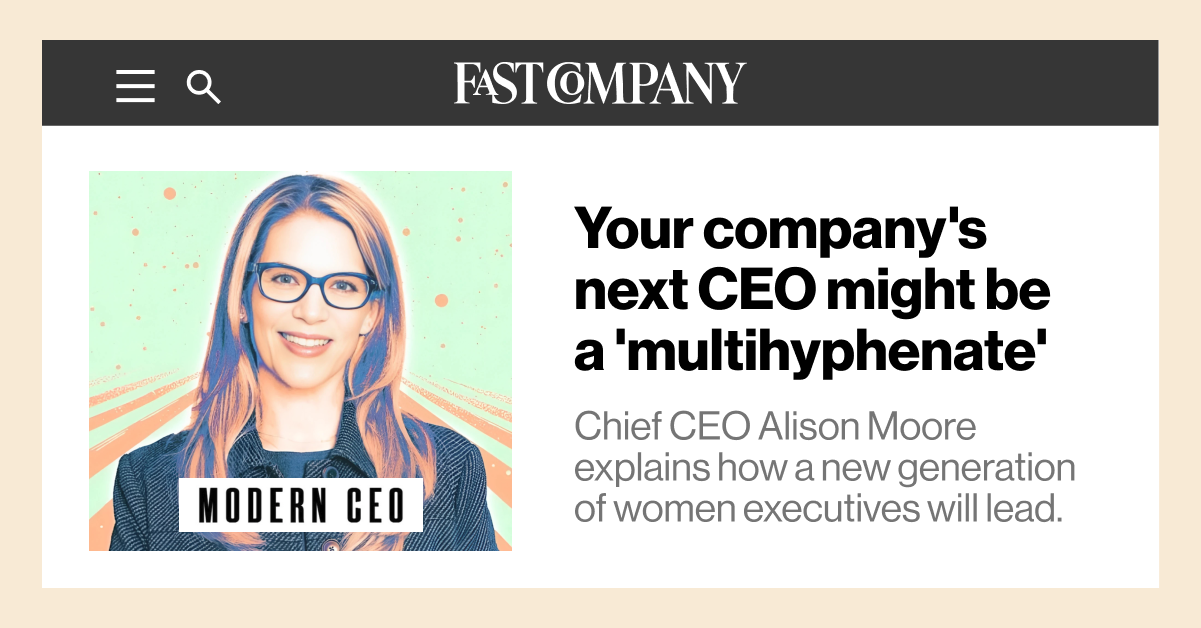It’s an interview question we all dread — and one we’ve all prepared an answer for at some point in our careers: “What is your biggest weakness?”
It can be hard to give an honest response in an interview (aside from the standard cliches — “I just work too hard,” or “I’d say I’m a perfectionist”), because many of us have been trained to zoom in on our professional weaknesses and aim to minimize them by any means necessary. Performance reviews only re-emphasize this mindset, by offering areas of improvement. But organizational experts are starting to question whether this focus on improving our weaknesses might be hurting our opportunity for more authentic leadership.
When Weakness Becomes Strength
In a viral LinkedIn post, entrepreneur Simon Sinek recently explained how his chronic disorganization led to a potential business contact thinking he was extremely busy and in high demand, which made the contact want to work with him even more. “So is being disorganized a good thing, or a bad thing?” asked Sinek. “The answer is, it depends!”
While this was meant to be funny, having a more fluid and open mindset when it comes to both strengths and weaknesses can help leaders and those they manage grow more effective and authentic teams. This often starts with leaders embracing their own perceived weaknesses more publically to build a culture of openness and trust.
“When my clients lead with a modicum of humility, and confidently own what they don’t know or what they’re not good at, it doesn’t spell the end of the world,” says Dawid Wiącek, executive coach at Career Fixer. “In fact, it gives others permission to surface their own doubts and shortcomings, which can now be addressed and remedied now that they’re in the open.”
In his own career, his favorite leaders were the ones who were quick to admit in a matter-of-fact way what areas were outside their zone of expertise and instead entrusted him to fill those gaps. “What a reassuring and confidence-boosting experience that was for me,” he says. “It didn’t make me think any less of them—in fact, I appreciated such leaders all the more.”
Leading to Serve
As high achievers, leaders often fixate on their flaws. In fact, research consistently shows that we over-focus on “bad” feedback when compared to “good” feedback, which can lead to a vicious self-criticism cycle. Many of Wiącek’s executive clients come to him ruminating on their flaws, but shifting their focus from themselves to the ones they lead can actually be one of the most effective strategies for better leadership.
“Rather than exerting their energies on trying to fix their own flaws, mask their own imperfections, or amass yet more skills, leaders who refocus their efforts largely on nurturing the growth and development of their teams through the servant leadership model are often pleasantly surprised by the outcomes,” he says. “Not just the performance and sheer output and results they can achieve, but also by the respect, trust, and strengthened relationships that often accompany this path.”
This process can be an essential part of building a growth mindset, where leaders embrace agility and an open-mindness to try new things, even if that sometimes means accepting your own limitations and onboarding the team — direct reports, mentors, and coaches — that complement you best.
Embracing Mistakes
That doesn’t mean leaders can’t or won’t make mistakes. In fact, leaders are wise to embrace failure more openly, which allows everyone to become more comfortable with risk-taking and showing imperfections. “If I’m not making mistakes, I’m not learning, so it’s fundamentally important to cultivate an environment where other people understand that it is okay to make mistakes,” says clinical psychologist Dr. Sarah Adler, founder of workplace mental health app Wave.
To build that culture, her company offers an #oops channel on Slack where they highlight and celebrate mistakes of all kinds, whether that’s spilling coffee on yourself or dropping the ball and asking for help with time management. “Normalizing mistakes like this is a highly effective way to learn and grow both personally and interpersonally as individuals, as a team, and as an organization,” she says.
Setting the Standard
When leaders can embrace their own fullness of self, they give others permission to do the same, which can set the stage for taking bigger risks that can lead to long-term success, on top of creating a more welcoming workplace. “We are all imperfect human beings,” reminds Wiącek. “Your job isn’t to pretend you’re flawless, but rather to show that you are self-aware, have emotional intelligence, that you can ingest feedback, you can adapt, and you can learn and grow.”



